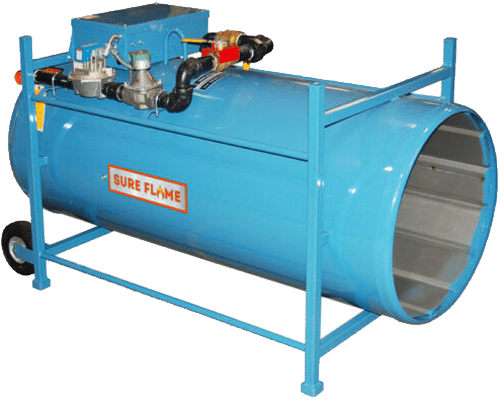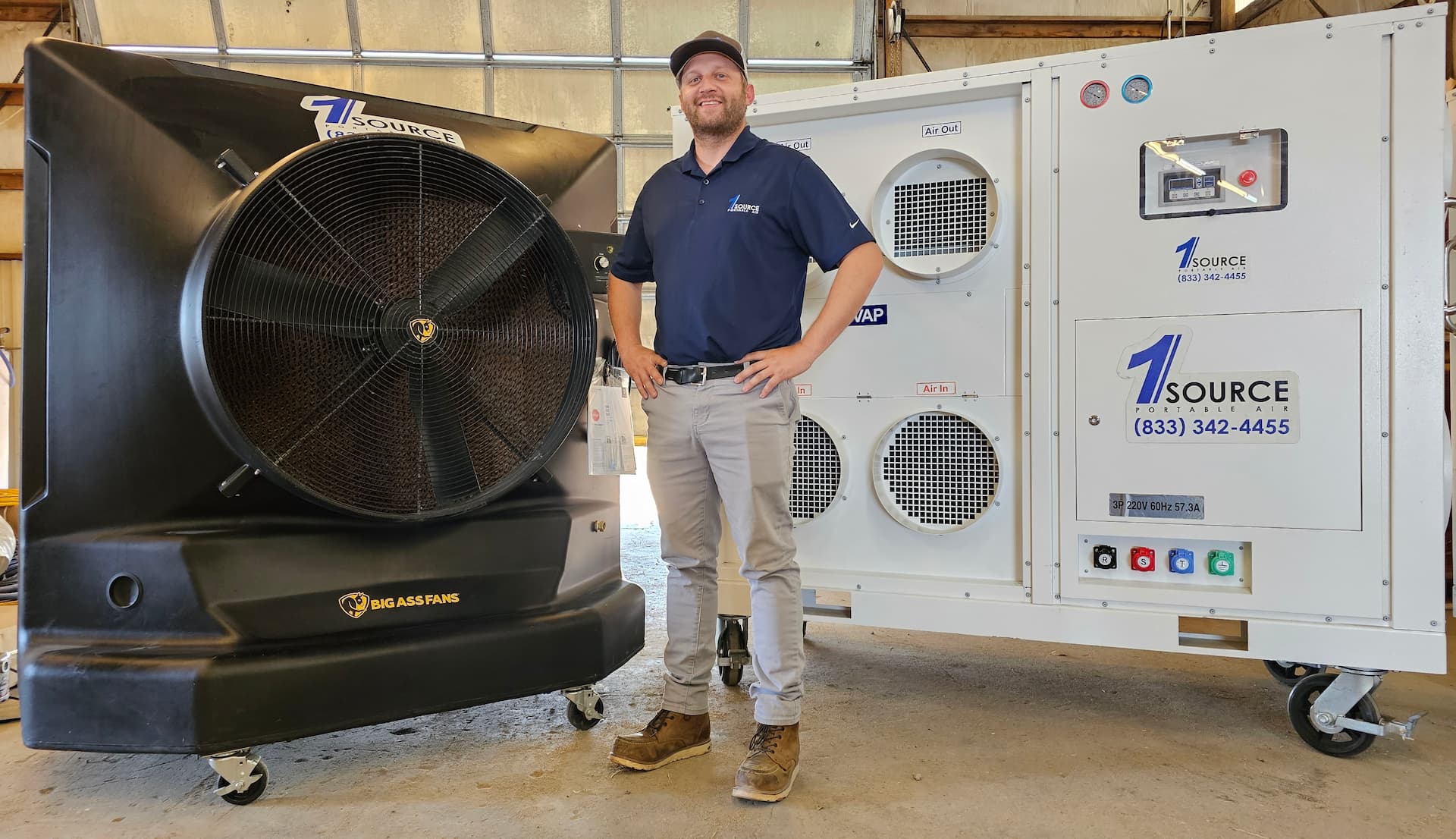Exploring the Different Types of Home Heating Units Available for Every Area
The variety of home heating systems readily available today deals with a vast selection of spaces and needs, each offering one-of-a-kind benefits. Central heating systems efficiently cozy larger areas, while area heating systems supply targeted convenience in smaller sized spaces. Additionally, radiant heat options and functional warmth pumps present additional choices for optimizing power usage and environment control. As one considers the myriad options, the subtleties in between electric and gas systems also enter play, elevating vital questions concerning efficiency and installment. Comprehending these differences can significantly impact both comfort and price-- what factors should be focused on in your choice?
Central Heating Systems
Lots of property owners take into consideration main heating unit to be a trusted service for preserving constant warmth throughout their space. Central home heating operates by dispersing cozy air or water from a central resource, ensuring that all locations of a home get sufficient heat. This system typically includes a furnace or central heating boiler, which creates heat, and a network of ducts or pipelines that move it to numerous spaces.
Among the main advantages of main heating is its capability to keep consistent temperature levels, enhancing comfort levels throughout chillier months. Contemporary systems commonly incorporate smart innovation, allowing for programmable thermostats that optimize energy performance. This not just reduces energy expenses but likewise adds to a much more sustainable living atmosphere.
Central home heating systems can be fueled by different power resources, including gas, oil, or electrical power, using versatility in terms of setup and operation (Portable Heater Rental). Regular maintenance is essential to ensure optimal performance and long life, consisting of regular examinations and filter substitutes. Generally, main home heating continues to be a preferred option for homeowners looking for a trustworthy method to achieve a warm and inviting home atmosphere
Space Heating Systems
Area heaters are regularly used as a reliable service for giving local heat in particular areas of an office or home. They are perfect for situations where main heating might not be essential or possible, such as little rooms, workshops, or throughout especially cold days when extra heating is wanted.
Various kinds of area heating units are readily available, consisting of convection, infrared, and oil-filled designs. Convection heating units work by heating the air in a room, while infrared heaters produce induction heat straight to objects and individuals, producing an extra immediate effect. Oil-filled heaters, on the other hand, offer a steady, long-lasting warmth by flowing oil within the unit.
When selecting a room heating unit, it is vital to take into consideration elements such as the dimension of the location to be warmed, the heater's energy efficiency, and safety and security features (Commercial Construction Heater Rental). Many modern room heating systems come outfitted with automatic shut-off features, tip-over security, and thermostatic controls to improve safety and security and effectiveness

Radiant Heat Options
Radiant heating alternatives provide a highly effective means to maintain warmth in household and industrial areas by directly moving warm to objects and individuals within the environment. This method can significantly boost convenience levels while reducing energy consumption contrasted to traditional furnace.
Both main types of radiant heat include glowing ars heating and air flooring heating and glowing wall panels. Radiant flooring heating usually involves the setup of electric heating cables or hydronic tubes underneath the floor covering, allowing for even warmth circulation and eliminating cold places. This system is especially reliable in tile or rock floorings, as these Resources products keep warmth well, producing a comfortable ambience.
Radiant wall surface panels, on the various other hand, offer flexibility in installation and can be made use of in various settings, consisting of homes, workplaces, and industrial areas. These panels can be either electrical or water-based, giving a discreet home heating option that complements existing decor without the bulk of traditional radiators.
Heat Pumps
Warmth pumps are an innovative solution for both heating and cooling demands in various settings, providing energy-efficient alternatives to conventional A/c systems. In home heating setting, a heat pump removes thermal power from the outdoors air, ground, or water and transfers it inside your home.

One of the primary advantages of warmth pumps is their ability to give both cooling and heating in a single system, minimizing the requirement for separate systems. Furthermore, numerous heat pumps make use of advanced modern technologies such as variable-speed compressors, enhancing their efficiency and performance. Because of this, warm pumps not only add to reduced energy expenses but also sustain environmentally friendly methods by reducing greenhouse gas discharges connected with traditional heating techniques.

Electric vs. Gas Devices
When choosing between electrical and gas heating devices, house owners have to consider several aspects, consisting of efficiency, expense, and environmental impact. Electric home heating systems normally have a higher performance score, converting nearly all the energy they consume into warm. Electrical energy rates can vary significantly, often resulting in greater functional costs compared to gas systems, which normally have reduced gas prices yet might display performance losses during burning.
Gas heating systems have a tendency to give faster heating and can be extra effective in larger spaces. They likewise create greenhouse gas discharges, elevating environmental concerns. On the other hand, electrical units can be powered by renewable resource sources, making them a much more environmentally friendly alternative when coupled with green energy initiatives.
Additionally, installment costs differ; electrical devices are usually simpler and more affordable to mount, while gas devices might call for extra ventilation and safety and security actions. Home owners ought to also think about neighborhood policies and schedule of gas lines when making their decision. Eventually, the selection between electrical and gas home heating systems ought to line up with individual concerns pertaining to performance, price, and ecological awareness, making certain a comfy and lasting living environment.
Conclusion
In summary, a varied range of heating systems exists to suit varying requirements and settings. Central furnace make certain consistent warmth across bigger locations, while space heating systems offer targeted comfort. Radiant heat options boost energy efficiency by warming items directly, and heatpump provide flexible home heating and cooling down solutions. The selection between electrical and gas systems introduces additional adaptability in terms of efficiency and installment. Picking the suitable heating solution is essential for maximizing comfort and power use.